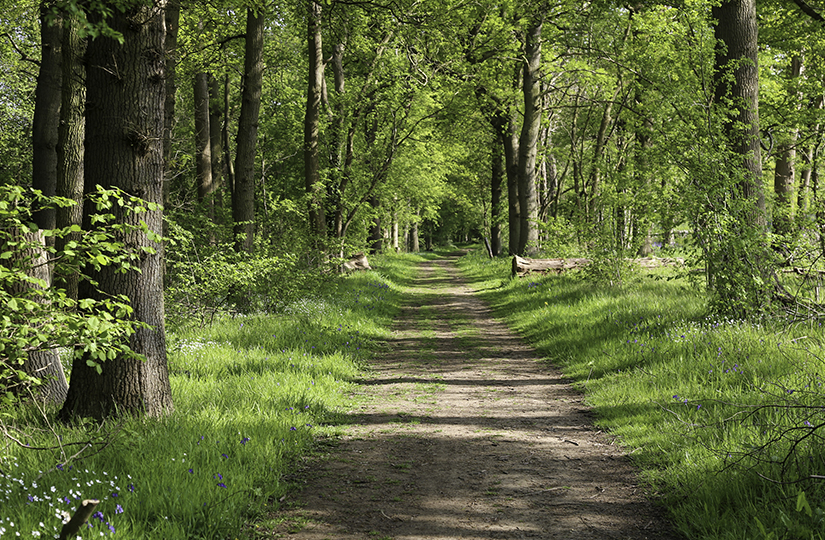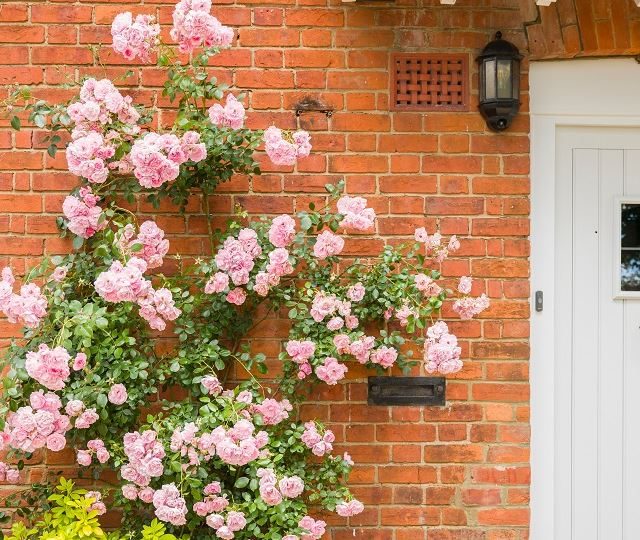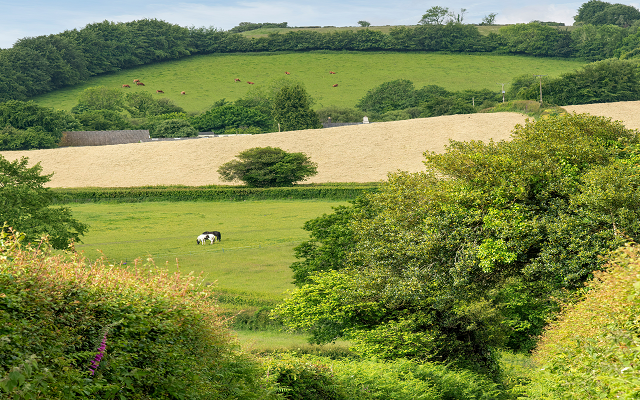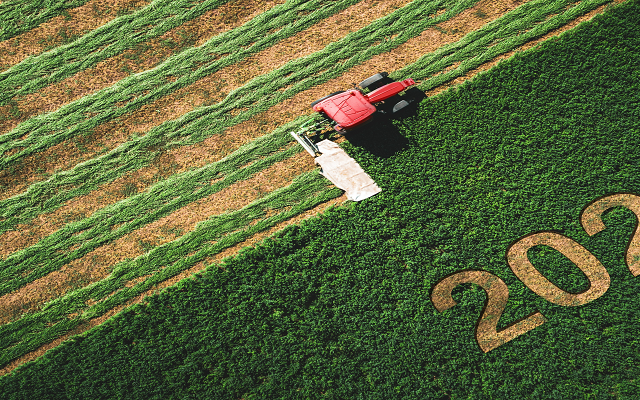Developing a tree risk strategy – advice for landowners
Many landowners have seen a massive rise in the number of people wanting to walk in the countryside as a result of the Covid-19 lockdown, so now is a good time for farms and estates to review their tree management strategy.
The Health and Safety Executive reports that every year between five and six people in the UK are killed when trees or branches fall on them.
This is a tragedy for anyone affected, but considering the vast number of trees there are in the country – and the UK’s population density – the overall risk of anyone dying after being struck by a tree is still extremely low.
However, landowners need to be aware of tree risk management and have an understanding of their liabilities if something does go wrong.
This is particularly important given farms and estates are likely to be facing an increase in tree failures because of Ash dieback (Hymenoscyphus fraxineus).
The fungus is expected to infect 80% of the UK’s ash trees, leading to their decline over a number of years until the tree eventually dies.
A tree risk strategy can be an evolving process, but key considerations include:
- A landowner has responsibility, under both the civil and criminal law, for the health and safety of those on or near the land and has potential liabilities arising from a falling tree, branch or structural failure
- The HSE acknowledges that inspecting and recording every tree would be disproportionate to the risk involved, so landowners are encouraged to use a common-sense, risk-based approach. Once such system is the well-used VTA (visual tree assessment) technique. This is based on a negative reporting system i.e. only trees with a visual defect or other likelihood of failure are recorded.
- Any strategy should be a working document and adaptable to changing conditions, but key questions should include survey frequency and whether trees are in a public place or a high occupancy area.
- National Tree Safety Group guidance suggests zoning land according to levels of use, so proactive tree inspections are focused on those areas where there is the greatest risk. Low risk zones, where there is no public access, may only require irregular inspections, if at all.
- For trees in a frequently visited zone, a system of periodic checks is appropriate. A detailed inspection is best done by an appropriately competent specialist. A benchmark is the Lantra Level 3 PTI – Professional Tree Inspector.
- The type of checks, frequency of checks and competency of surveyor would all be issues examined by the courts should injury or damage occur due to a tree failure. Landowners must be aware that their tree safety regime needs to be robust and defensible in court should the worst happen.
- Carrying out the checks/survey is only half the job. If the recommended works are not carried out within the recommended timescale the landowner may be seen by the courts as negligent, so it is important to act on any findings.






